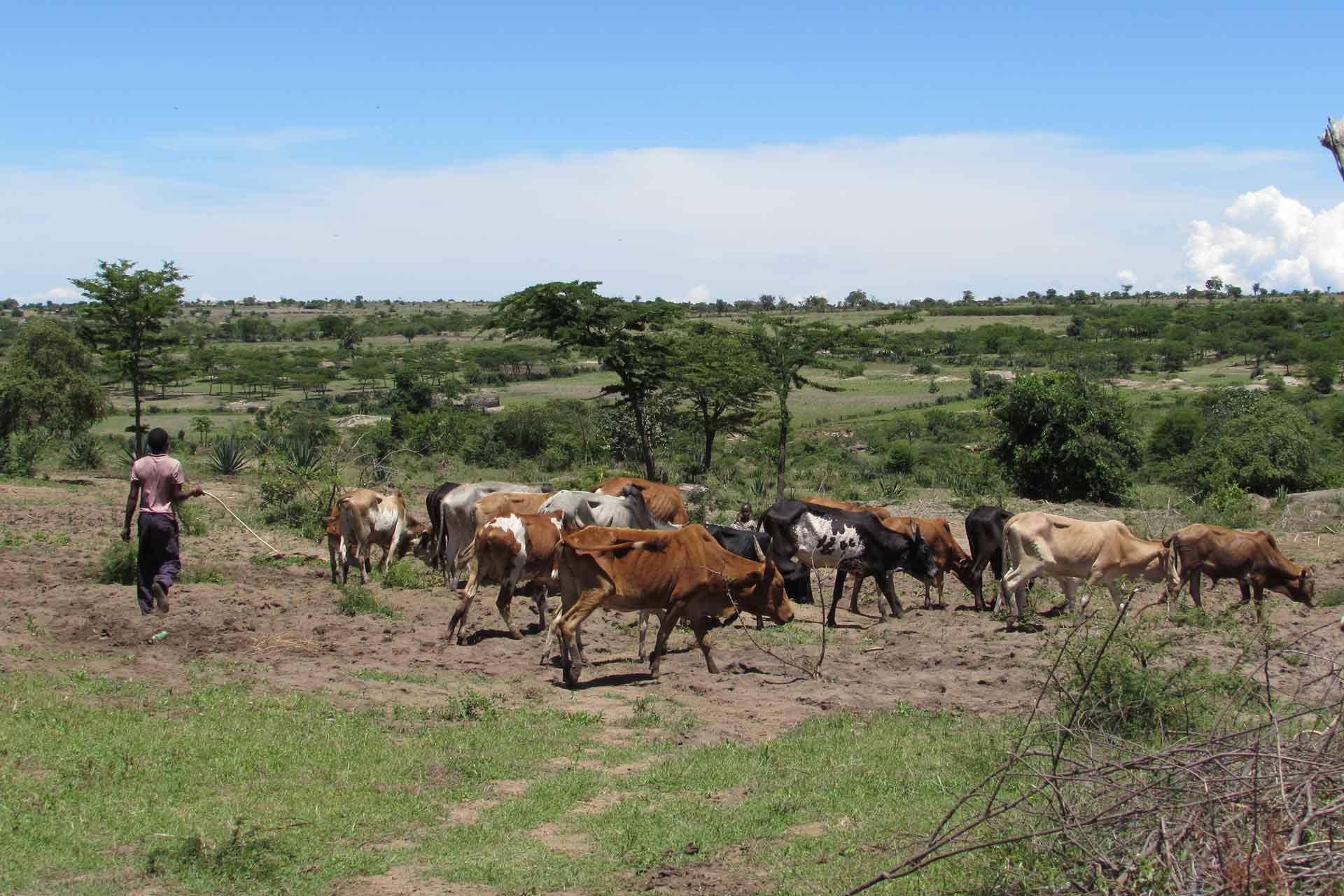Recovery of viral RNA and infectious foot-and-mouth disease virus from positive lateral-flow devices
Foot-and-mouth disease Virus (FMDV) is an economically important, highly contagious picornavirus that affects both wild and domesticated cloven hooved animals. In developing countries, the effective laboratory diagnosis of foot-and-mouth disease (FMD) is often hindered by inadequate sample preservation due to difficulties in the transportation and storage of clinical material. These factors can compromise the ability to detect and characterise FMD virus in countries where the disease is endemic. Furthermore, the high cost of sending infectious virus material and the biosecurity risk it presents emphasises the need for a thermo-stable, non-infectious mode of transporting diagnostic samples. This paper investigates the potential of using FMDV lateral-flow devices (LFDs) for dry transportation of clinical samples for subsequent nucleic acid amplification, sequencing and recovery of infectious virus by electroporation. FMDV positive samples (epithelial suspensions and cell culture isolates) representing four FMDV serotypes were applied to antigen LFDs: after which it was possible to recover viral RNA that could be detected using real-time RT-PCR. Using this nucleic acid, it was also possible to recover VP1 sequences and also successfully utilise protocols for amplification of complete FMD virus genomes. It was not possible to recover infectious FMDV directly from the LFDs, however following electroporation into BHK-21 cells and subsequent cell passage, infectious virus could be recovered. Therefore, these results support the use of the antigen LFD for the dry, nonhazardous transportation of samples from FMD endemic countries to international reference laboratories.
Back to publications

